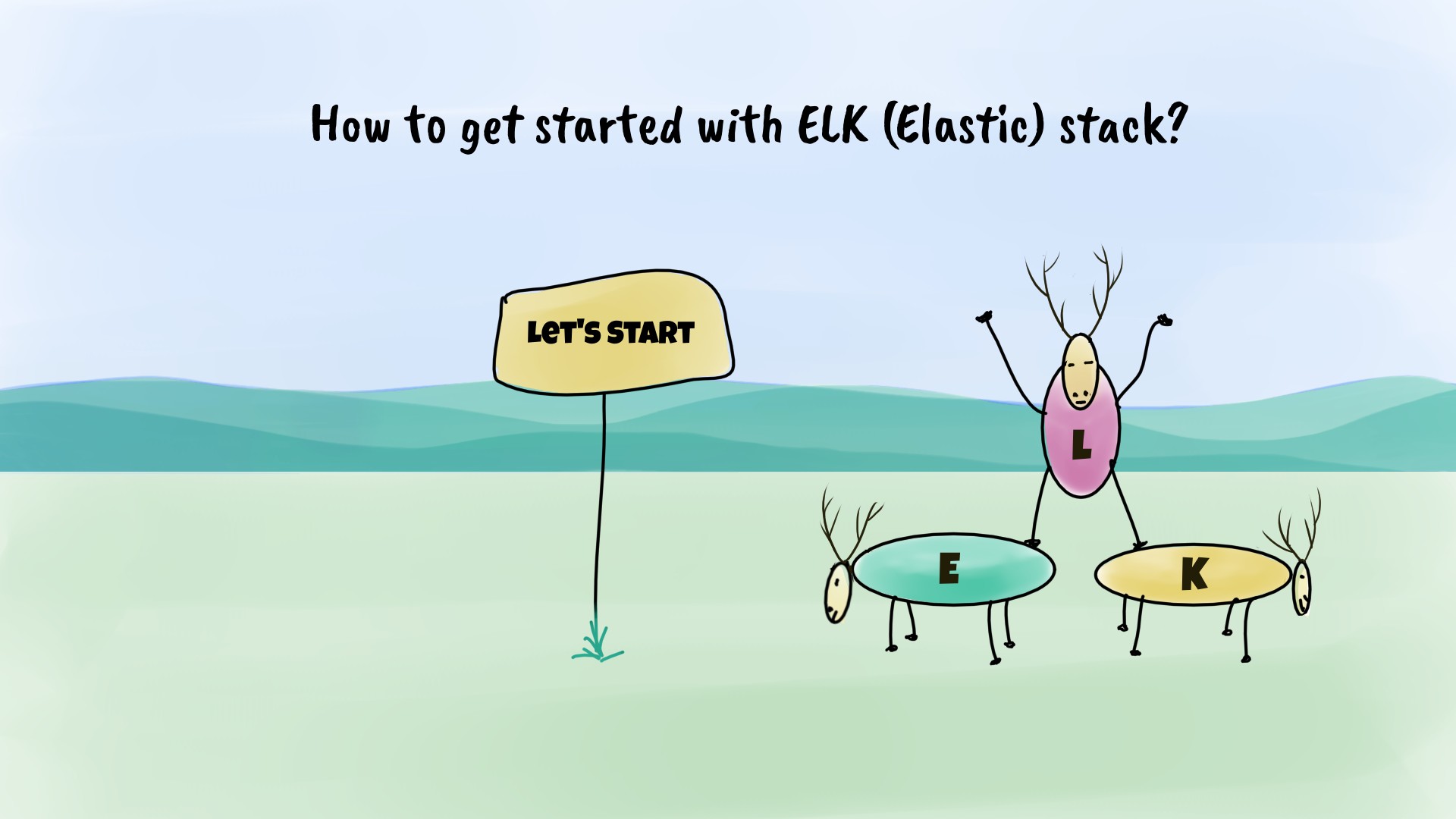
Hope you know, the ELK (Elasticsearch - Logstash - Kibana) stack is now the Elastic stack. Getting started with Elastic stack is not that simple because it’s somewhat huge. I won’t recommend you to learn from official Elastic documentation if you are just getting started with Elastic stack for the first time. For example, Elasticsearch documentation looks elaborate, neat, clean, and much informative, but it’s huge having lots of topics. You don’t have to know all that is in the Elasticsearch documentation to get started with it. But, getting started with Kibana, Logstash, and Beats is somewhat easy because it’s not huge compared to Elasticsearch.
Find small video clips on YouTube or else search Google to find better blog posts related to Elastic stack. All of these can provide you with a very basic level of information to get started with Elastic stack. Hence, the better way to get started with Elastic stack. You cannot conclude saying so and so is a better resource to learn Elastic stack until and unless you try installing, configuring and running it.
To get started with Elastic stack, you need to go through in order. Here is the list of things you need to do, to get a proper understanding of Elastic stack.
- Know the exact purpose of Elastic stack before getting started with it. You have to learn a variety of use cases and case studies related to the Elastic stack to understand the purpose.
- It’s not a better choice to sit and read the whole Elasticsearch documentation, so try to install, configure, and run Elasticsearch. You can also run Elasticsearch within Docker containers if you are not willing to install it directly on your host machine.
- Logstash is not huge compared to Elasticsearch. There are some better blog posts on the internet to help you get started with Logstash. You can install and run Logstash on Docker containers as well as the host machine.
- Sometimes, Kibana’s official documentation looks outdated with old screenshots. You have to bear with the Kibana documentation. You can install, configure, and run Kibana on Docker containers as well as the host machine.
- Finally, learn the purpose of Beats framework, which is also a part of Elastic stack. Currently, Filebeat, Metricbeat, APM, Auditbeat, Heartbeat are the major Beats available on Elastic stack. You can choose Beats based on the data type.
- Now, start working with Kibana user interface. Create index patterns, visualizations, dashboards, and alerts.
- You need to learn the best practices of Elastic stack after the successful setup. Dive into the configuration of Elasticsearch, Logstash, Kibana, Beats to improve its performance. Try to scale the Elastic stack in Dev environment.
This is a better way to get started with the Elastic stack. Make sure to document the test configurations and its impact over the performance of Elastic stack. You can also share your learning curve on blog posts, so it is useful for others too.
At SloopStash, we parse and push log data of Nginx web server into Elastic stack to perform log analytics in the SloopEngine production environment. The Elastic stack is an open-source stack capable of analyzing log data, metric data, performance data, uptime data, and more.
Hope it helps. Thank you.
